Home>Gardening & Outdoor>Landscaping Ideas>How To Protect The Grass For Your Overflow Parking
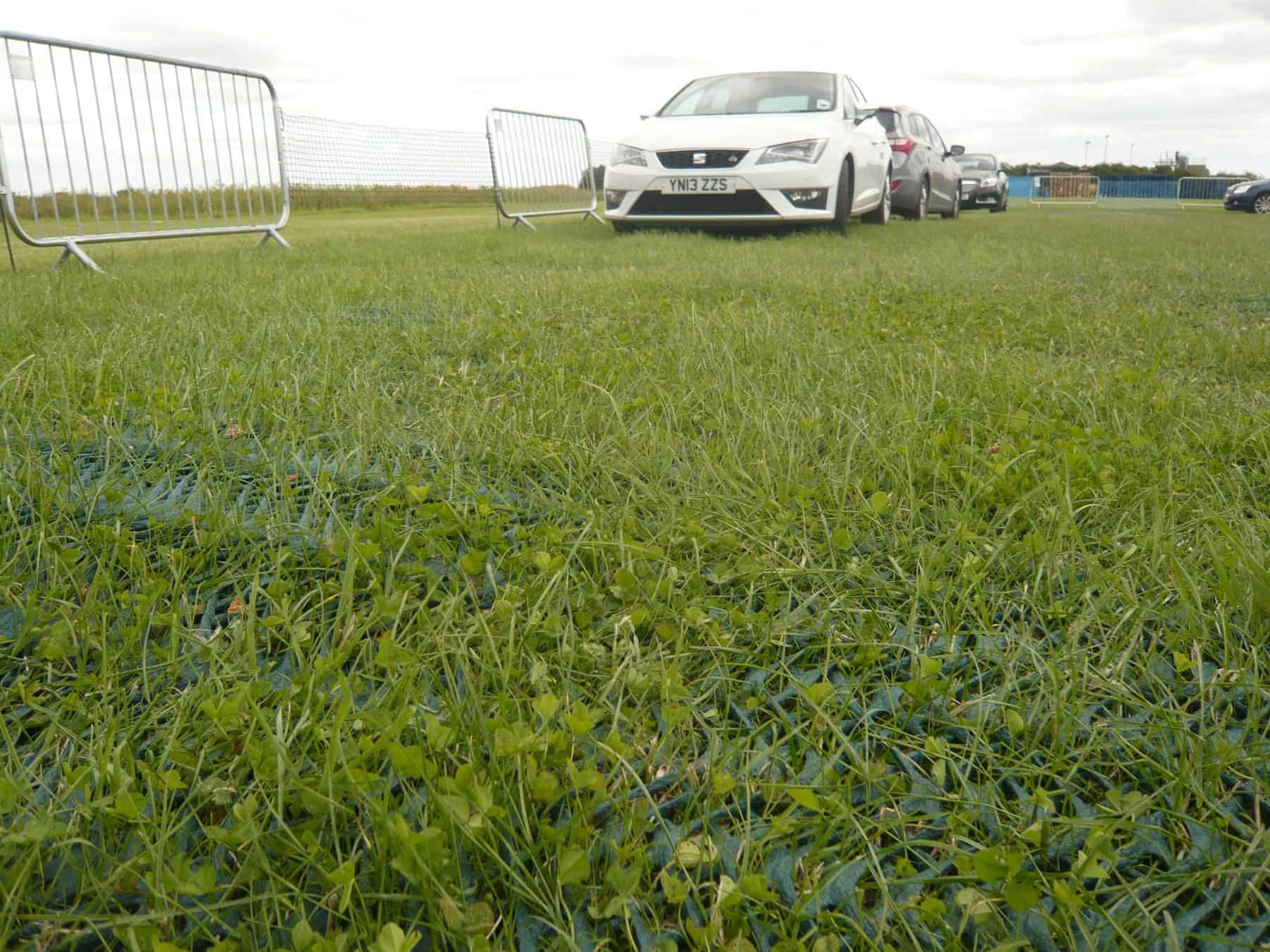

Landscaping Ideas
How To Protect The Grass For Your Overflow Parking
Published: January 30, 2024
Discover effective landscaping ideas to protect your grass when creating overflow parking. Learn how to maintain a green and healthy lawn with our expert tips.
(Many of the links in this article redirect to a specific reviewed product. Your purchase of these products through affiliate links helps to generate commission for Storables.com, at no extra cost. Learn more)
Introduction
When it comes to landscaping, the lush green expanse of a well-maintained lawn is a sight to behold. However, maintaining the integrity of grass in areas designated for overflow parking can be quite challenging. The constant stress from vehicular traffic, coupled with environmental factors, can lead to soil compaction, reduced air and water infiltration, and ultimately, the deterioration of the grass.
In this article, we will delve into the impact of overflow parking on grass and explore the best practices for protecting grass in these areas. Whether you are organizing an event, managing a bustling business, or simply looking for ways to preserve the aesthetics of your property, understanding how to safeguard the grass in overflow parking zones is essential.
Join us as we uncover temporary parking solutions and permanent grass protection measures that will not only maintain the visual appeal of the landscape but also ensure the longevity and health of the grass. Let's embark on this journey to discover effective strategies for safeguarding grass in overflow parking areas, preserving the natural beauty of the environment while accommodating the needs of vehicular traffic.
Key Takeaways:
- Protecting grass in overflow parking areas requires clear markings, regular aeration, and temporary solutions like grass protection mats to minimize compaction and preserve the landscape’s beauty.
- Implementing permanent measures such as reinforced grass paving and porous asphalt ensures long-term grass health while accommodating vehicular traffic, creating a sustainable and visually appealing environment.
Read more: How To Protect Decking
Understanding the Impact of Overflow Parking on Grass
Overflow parking areas are subjected to a multitude of stressors that can significantly impact the health and vitality of the grass. The continuous movement and weight of vehicles exert pressure on the soil, leading to compaction. This compaction reduces pore space, limiting the infiltration of air, water, and essential nutrients to the grassroots. As a result, the grass may struggle to thrive, and bare patches or thinning areas can become prevalent.
Furthermore, the presence of parked vehicles can exacerbate the compaction, particularly in high-traffic zones. The weight of the cars compresses the soil, creating an inhospitable environment for the grass roots. In addition to physical stress, overflow parking areas may also be exposed to oil leaks, fuel spills, and other pollutants from vehicles, further compromising the health of the grass.
Environmental factors such as inclement weather can exacerbate the impact of overflow parking on grass. During periods of heavy rain, the soil in these areas may become waterlogged, leading to poor drainage and potential erosion. Conversely, in dry conditions, the lack of moisture can impede the grass’s ability to recover from the stress induced by vehicular traffic.
Understanding the cumulative effects of overflow parking on grass is crucial in devising effective strategies to mitigate damage and promote healthy regrowth. By recognizing the challenges posed by vehicular activity and environmental conditions, we can implement targeted solutions to protect the grass and preserve the overall aesthetics of the landscape.
Best Practices for Protecting Grass in Overflow Parking Areas
Preserving the integrity of grass in overflow parking areas necessitates the implementation of best practices that balance the need for accommodating vehicles with the imperative of maintaining a healthy and visually appealing landscape. By adopting proactive measures, property owners and managers can mitigate the detrimental impact of overflow parking on grass while ensuring the functionality of the parking space.
One effective strategy involves delineating designated parking zones with clear markings and signage. By demarcating specific areas for vehicle parking, it is possible to concentrate the impact on select sections of the grass, minimizing widespread compaction and wear. Implementing this approach not only helps in organizing the parking space efficiently but also facilitates targeted maintenance and restoration efforts for the affected areas.
Another key practice is the regular aeration of the soil in overflow parking zones. Aerating the soil helps alleviate compaction by creating channels for air, water, and nutrients to penetrate the root zone. This process promotes healthier root growth and enhances the grass’s resilience against the pressures of vehicular traffic. Additionally, overseeding these areas with grass varieties that are resilient to compacted soil and heavy use can bolster the overall durability of the turf.
Strategic landscaping elements such as the installation of permeable pavers or gravel parking surfaces can offer effective temporary solutions for overflow parking. These alternatives provide stable foundations for vehicles while minimizing direct contact with the grass, thus reducing the risk of compaction and damage. Moreover, the permeable nature of these materials facilitates water infiltration, addressing drainage concerns and mitigating the effects of inclement weather on the grass.
Regular maintenance practices, including timely mowing, irrigation, and the application of soil amendments, are essential for nurturing the grass in overflow parking areas. Monitoring the condition of the grass and promptly addressing any signs of stress or deterioration can prevent issues from escalating, preserving the overall health and appearance of the landscape.
By integrating these best practices, property owners and managers can safeguard the grass in overflow parking areas, striking a harmonious balance between vehicular accommodation and landscape preservation.
Consider using permeable pavers or gravel for overflow parking to protect the grass. These options allow water to seep through, reducing damage to the grass.
Using Temporary Parking Solutions
Temporary parking solutions offer practical approaches to protect grass in overflow parking areas while accommodating the parking needs of events, businesses, or other activities. These solutions are designed to minimize the impact on the grass, providing a viable and efficient alternative to traditional parking surfaces.
One effective temporary solution is the utilization of grass protection mats or mesh systems. These specialized mats are designed to distribute the weight of vehicles evenly, reducing soil compaction and preventing rutting. By dispersing the pressure exerted by parked cars, these mats safeguard the grass from damage while maintaining a stable surface for parking. Additionally, the permeable nature of these mats facilitates water infiltration, preserving the health of the underlying grass and mitigating drainage issues.
Gravel parking systems represent another temporary solution that offers practical benefits for protecting grass in overflow parking areas. By creating designated gravel parking zones, property owners can provide a stable and durable surface for vehicles without compromising the integrity of the grass. Gravel allows for effective water drainage and minimizes soil compaction, making it an ideal choice for temporary parking needs. Furthermore, the delineation of gravel parking areas helps in organizing the space and directing vehicular traffic, reducing the risk of widespread damage to the grass.
Temporary parking solutions also encompass the use of delineators and barriers to guide vehicles and define parking boundaries. By employing these visual markers, property owners can steer traffic away from sensitive grass areas, preventing unnecessary wear and compaction. This approach not only protects the grass but also contributes to the efficient utilization of the parking space, enhancing safety and organization.
Moreover, the strategic placement of temporary parking signage and communication of parking guidelines can help in directing visitors and attendees to designated parking zones, minimizing the impact on the grass and streamlining the overall parking process.
Temporary parking solutions play a pivotal role in preserving the aesthetics and health of grass in overflow parking areas, offering practical alternatives that strike a balance between vehicular accommodation and landscape protection. By leveraging these solutions, property owners and event organizers can ensure the sustainable use of overflow parking spaces without compromising the beauty and vitality of the grass.
Implementing Permanent Grass Protection Measures
For properties that frequently experience the need for overflow parking, implementing permanent grass protection measures is essential for ensuring the long-term health and resilience of the grass while accommodating vehicular traffic. These measures are designed to provide durable and sustainable solutions that mitigate the impact on the grass, preserving the aesthetic appeal and functionality of the landscape.
One effective permanent measure involves the installation of reinforced grass paving systems. These systems utilize interlocking grids or panels that support the weight of vehicles while allowing grass to grow within the voids. This approach creates a stable and load-bearing surface, effectively protecting the grass from compaction and wear. The permeable nature of these systems facilitates water infiltration, promoting healthy root growth and minimizing the risk of waterlogging and erosion.
Furthermore, the integration of designated reinforced turf areas within overflow parking zones offers a permanent solution for accommodating vehicles without compromising the grass. By strategically incorporating these reinforced sections, property owners can establish designated parking zones that minimize the impact on the surrounding grass, promoting sustainable coexistence between vehicular activity and landscape preservation.
Another permanent grass protection measure involves the installation of porous asphalt or permeable paving for overflow parking areas. These materials allow water to permeate through the surface, reducing runoff and addressing drainage concerns. By promoting effective water infiltration, these solutions contribute to the health of the underlying grass, mitigating the adverse effects of waterlogging and erosion.
Strategic landscaping and the implementation of green infrastructure elements, such as bioswales and rain gardens, can complement permanent grass protection measures by managing stormwater runoff and enhancing the overall environmental sustainability of overflow parking areas. These features not only contribute to the health of the grass but also serve as aesthetically pleasing additions to the landscape, promoting biodiversity and ecological balance.
By integrating permanent grass protection measures, property owners can establish a harmonious balance between vehicular accommodation and landscape preservation, ensuring the long-term health and visual appeal of the grass in overflow parking areas. These measures exemplify a commitment to sustainable land management, fostering a thriving and resilient environment for both grass and vehicular activity.
Read more: How To Protect Your Carpet
Conclusion
Protecting the grass in overflow parking areas is a multifaceted endeavor that requires a thoughtful and strategic approach to balance the needs of vehicular accommodation with the preservation of the landscape’s natural beauty. By understanding the impact of overflow parking on grass and implementing best practices for protection, property owners and managers can cultivate a sustainable environment that thrives in the presence of vehicular activity.
Temporary parking solutions offer practical and efficient alternatives for safeguarding the grass during transient parking needs. From grass protection mats to gravel parking systems, these solutions minimize the impact on the grass while accommodating the parking requirements of events, businesses, and other activities.
For properties with recurring overflow parking needs, the implementation of permanent grass protection measures is paramount. Reinforced grass paving systems, porous asphalt, and strategic landscaping elements offer enduring solutions that promote the long-term health and resilience of the grass, establishing a harmonious coexistence between vehicular traffic and the natural landscape.
By integrating these strategies, property owners and event organizers can foster a landscape where the lush green expanse of well-maintained grass coexists with the functional demands of vehicular activity. This synergy not only enhances the visual appeal of the environment but also contributes to the sustainability and longevity of the landscape.
In essence, the protection of grass in overflow parking areas embodies a commitment to responsible land management, where the needs of both vehicles and the environment are thoughtfully considered and harmoniously integrated. By embracing proactive measures and sustainable solutions, we can preserve the intrinsic beauty of grass while accommodating the practical requirements of overflow parking, creating a landscape that flourishes amidst the ebb and flow of vehicular activity.
Ultimately, the protection of grass in overflow parking areas exemplifies a dedication to nurturing landscapes that are not only functional but also visually captivating and environmentally sustainable, embodying a harmonious synergy between nature and human activity.
Frequently Asked Questions about How To Protect The Grass For Your Overflow Parking
Was this page helpful?
At Storables.com, we guarantee accurate and reliable information. Our content, validated by Expert Board Contributors, is crafted following stringent Editorial Policies. We're committed to providing you with well-researched, expert-backed insights for all your informational needs.
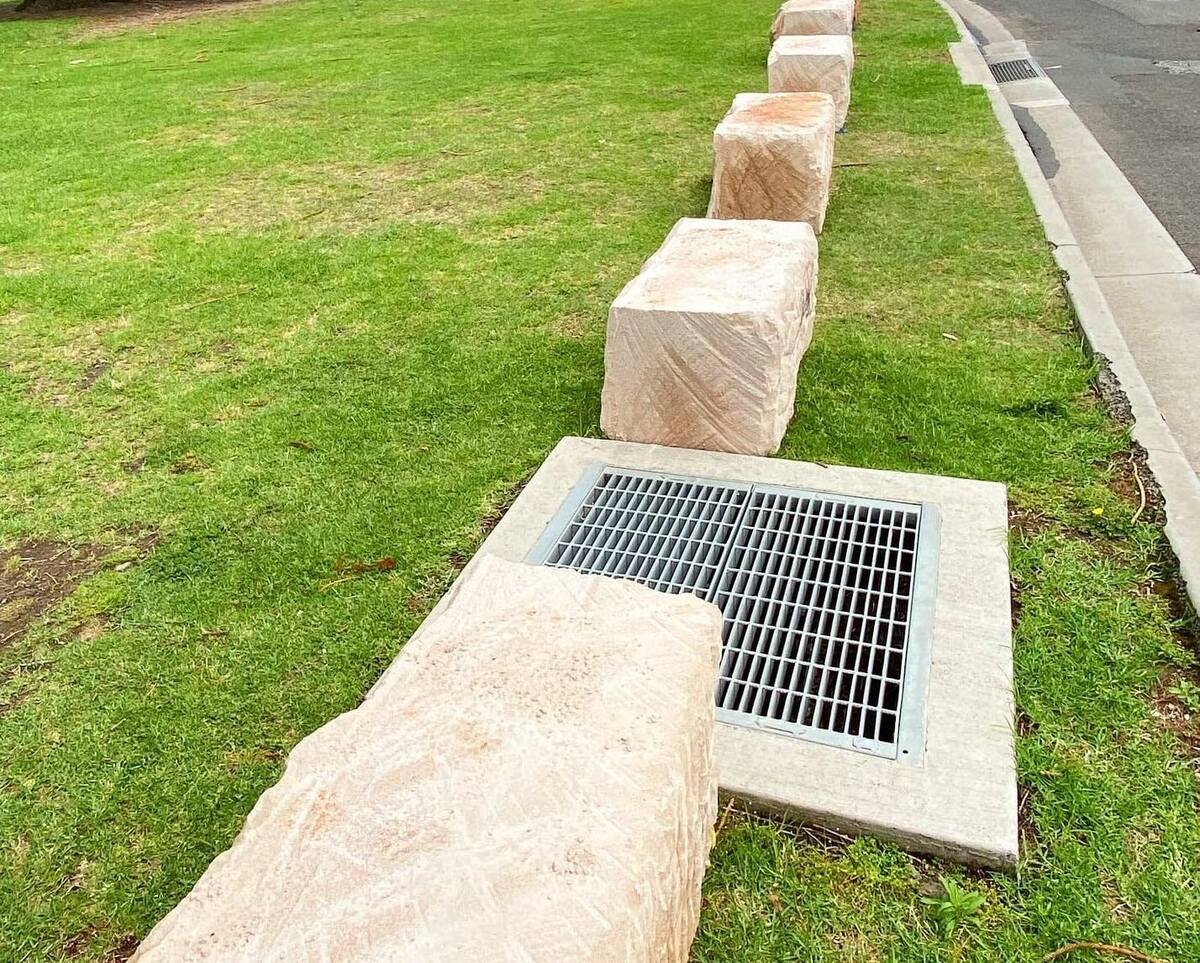

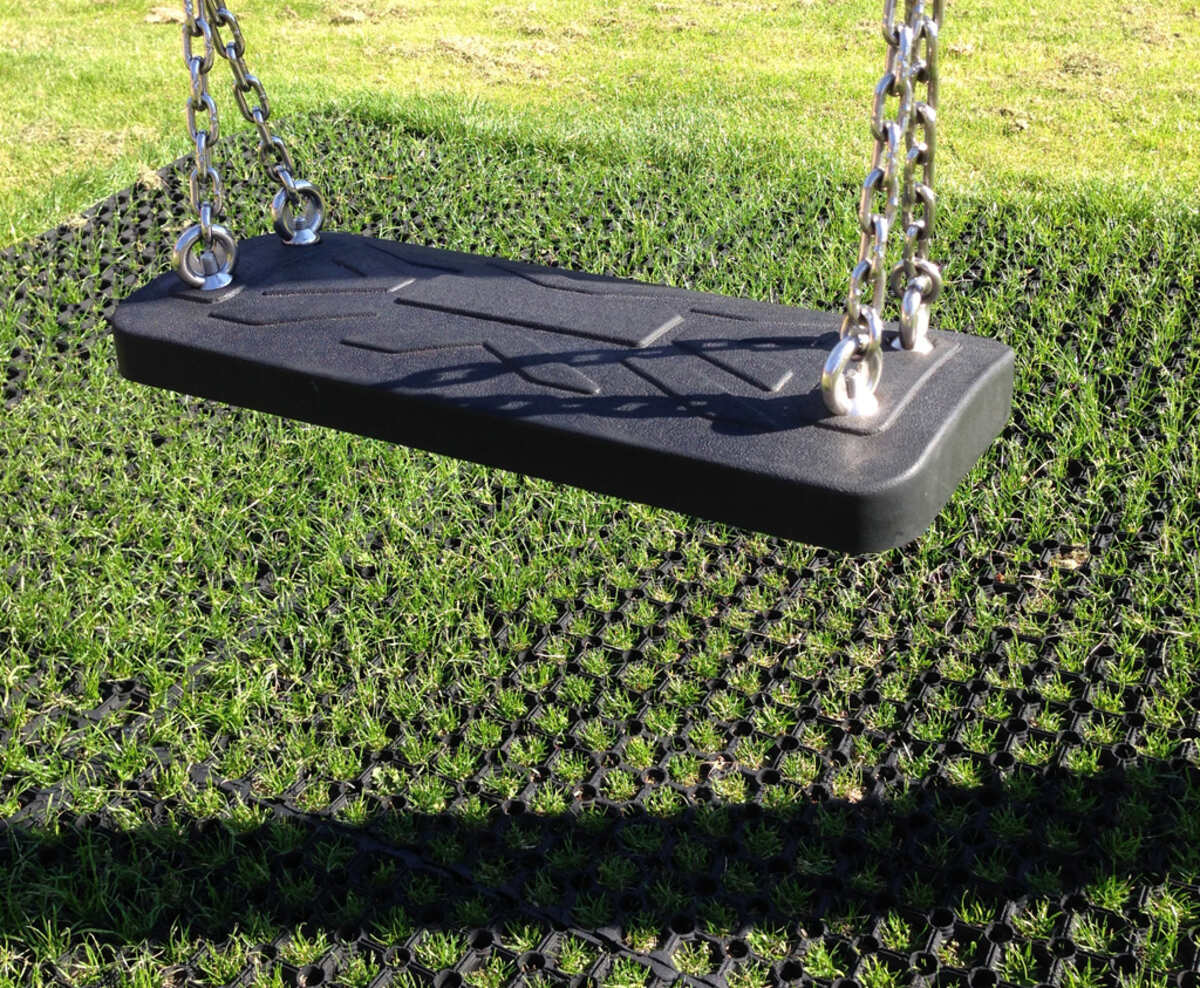
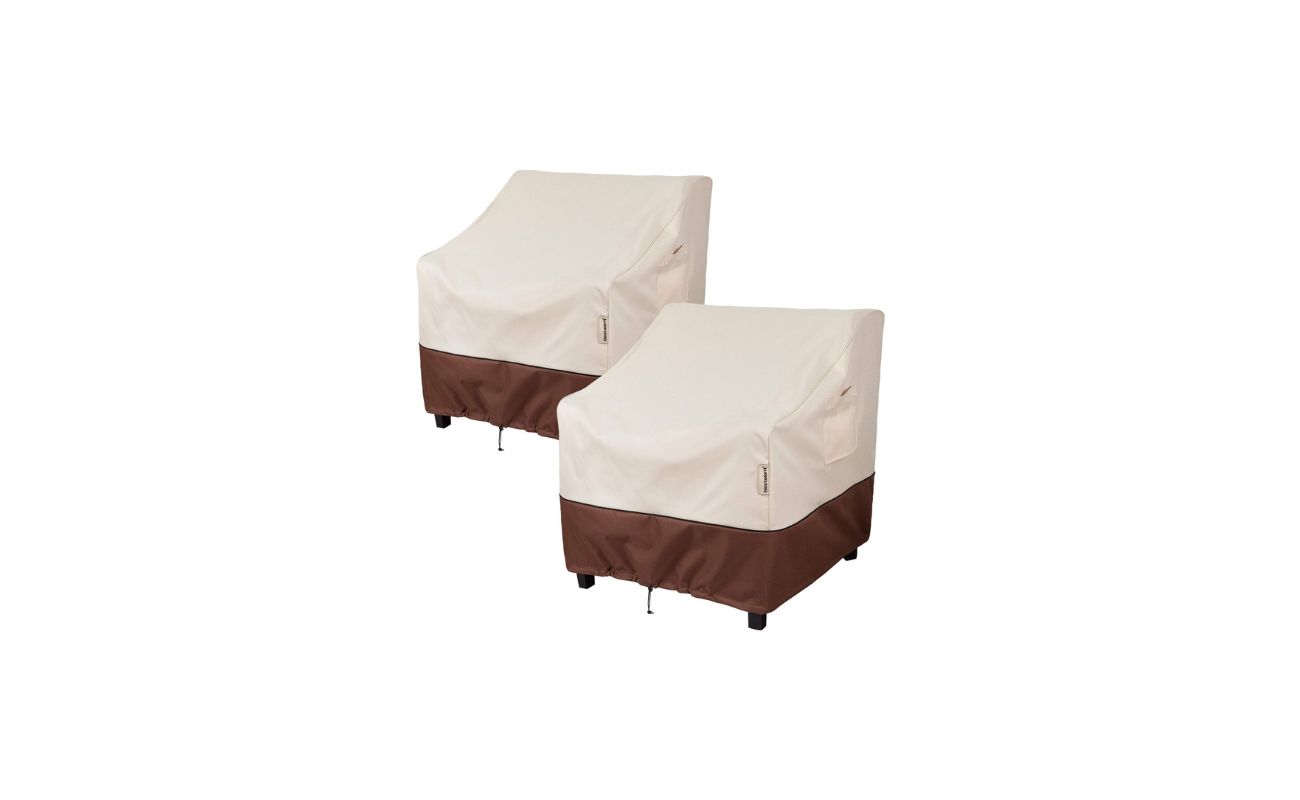

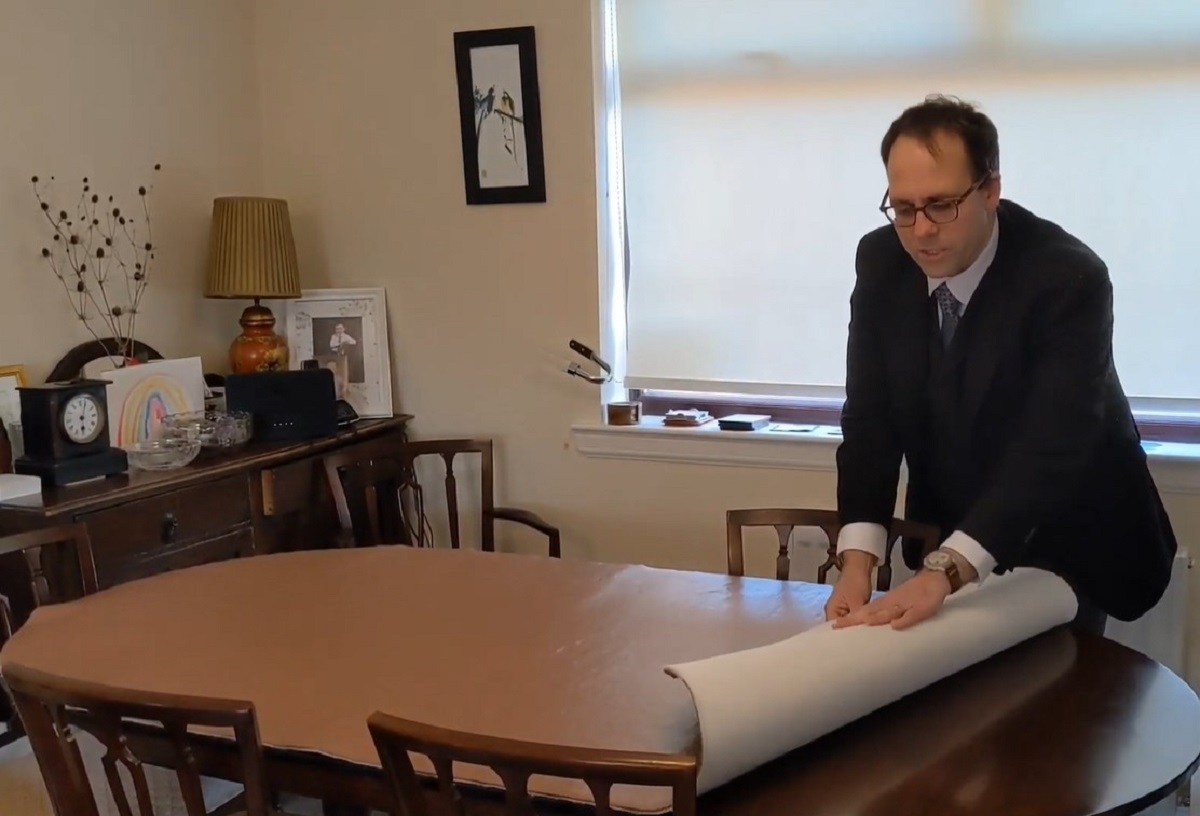


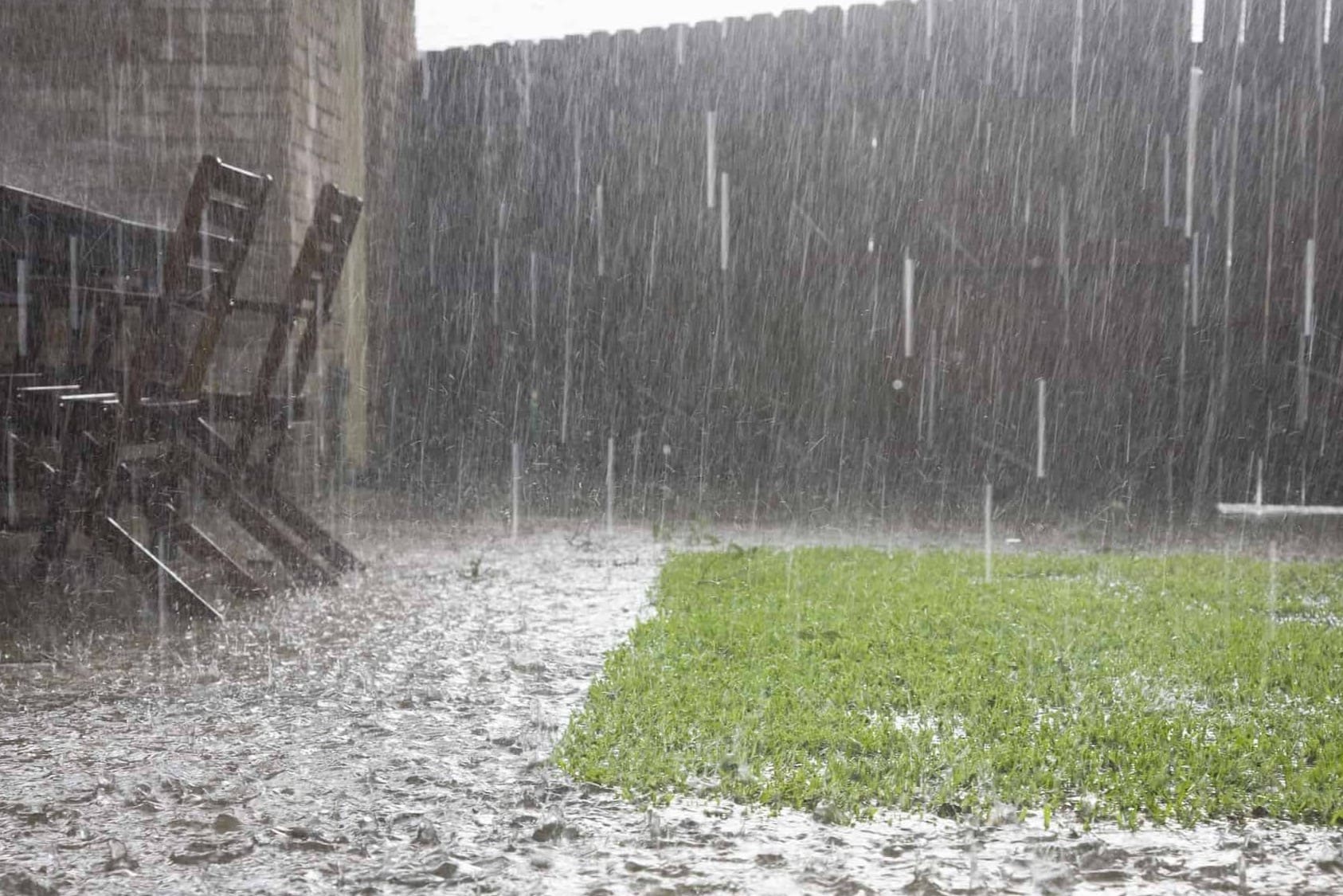

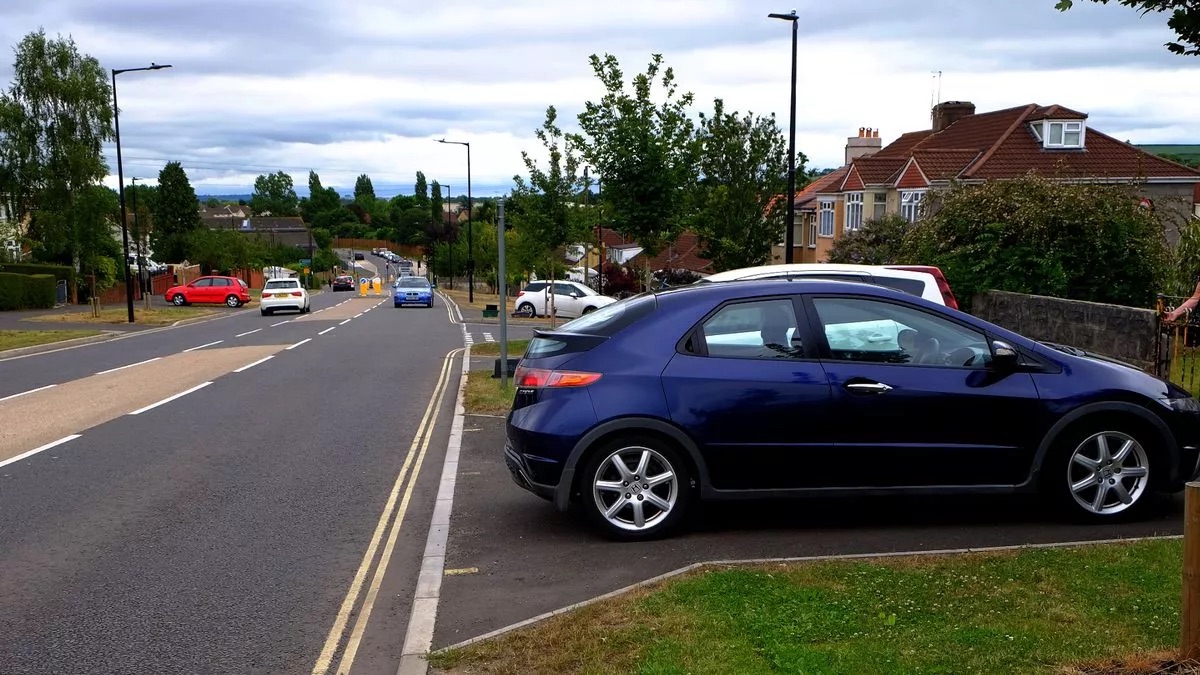
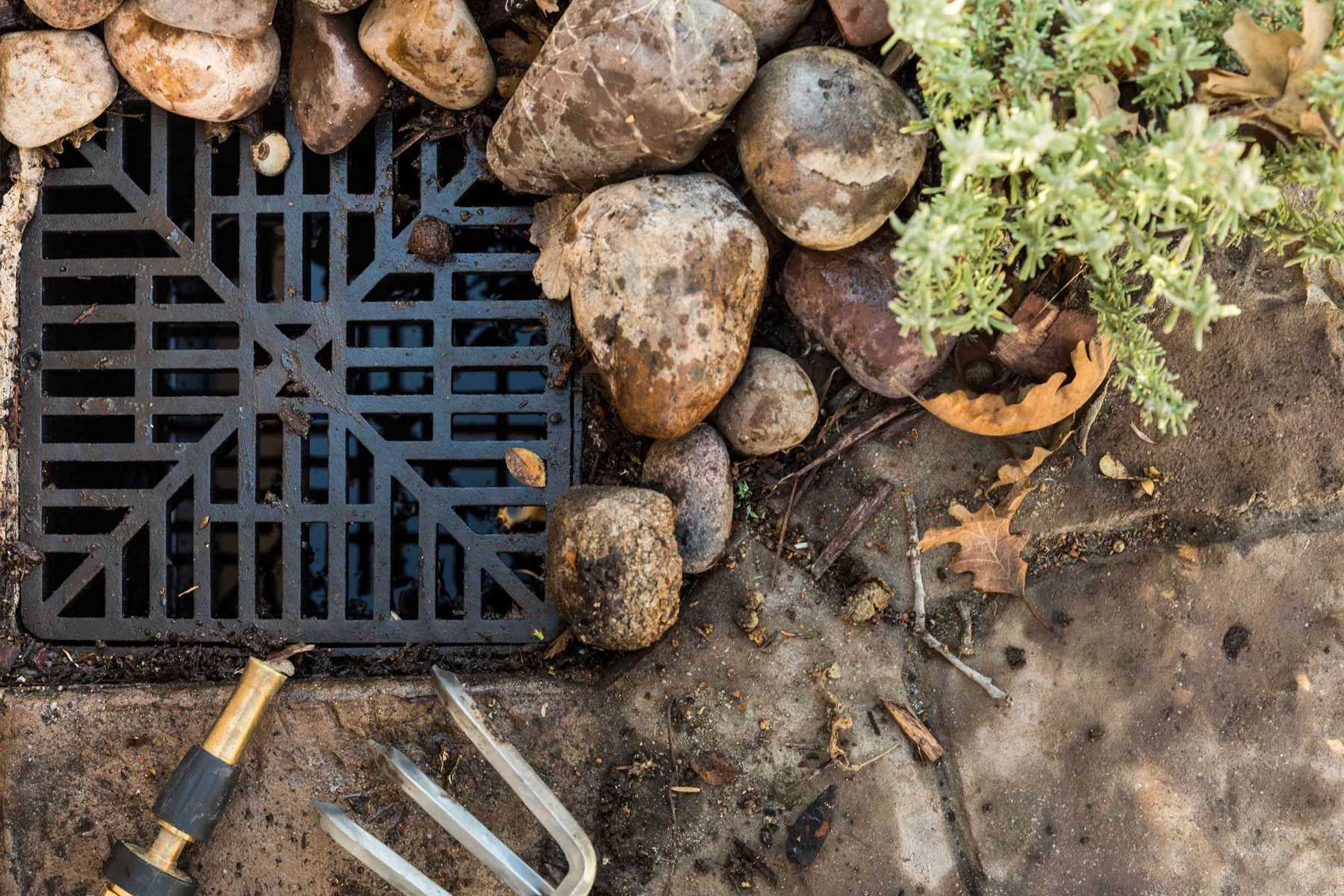



0 thoughts on “How To Protect The Grass For Your Overflow Parking”